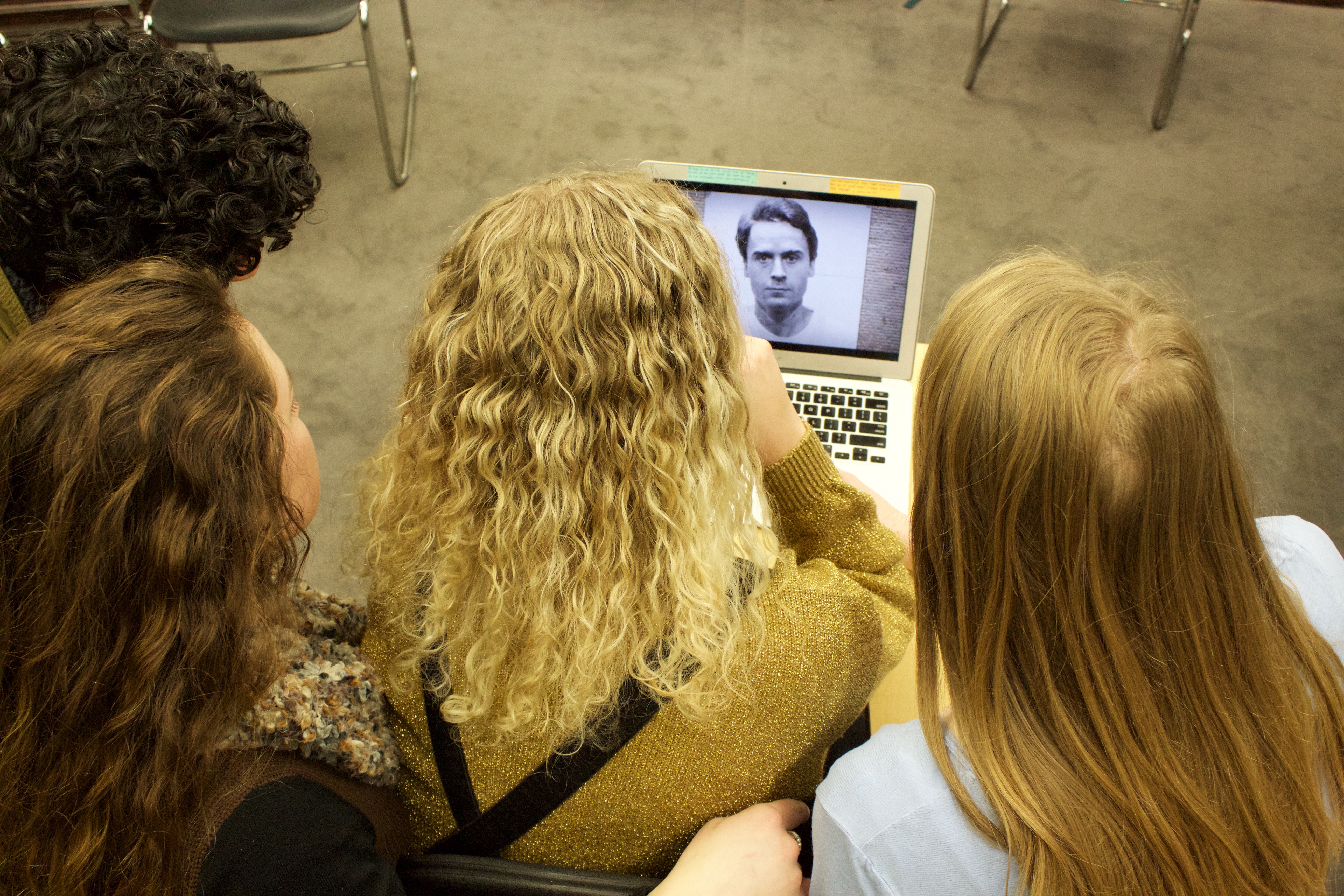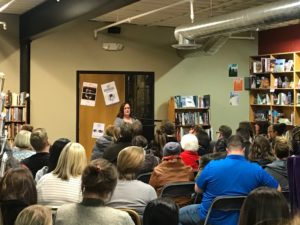
Read or listen to a Portuguese translation
A smooth, charismatic Washingtonian began his first semester of law school at the University of Utah in 1974. He arrived in the Salt Lake City area in his tan Volkswagen Bug, intrigued by the landscapes around him, according to the Netflix series “Conversations with a Killer: The Ted Bundy Tapes.”
A year later, he started attending church meetings at The Church of Jesus Christ of Latter-day Saints. He was described as friendly, charming and handsome. Nobody knew the name Ted Bundy, that he had already killed six women in the Pacific Northwest or that some Utah women were next.
Bundy admitted to the raping, kidnapping and murdering of at least 30 women before his execution in January 1989.
Often claimed to be one of the most notorious serial killers in American history, chatter about Bundy has resurfaced with Netflix’s release of “Conversations with a Killer: The Ted Bundy Tapes,” and the film “Extremely Wicked, Shockingly Evil, and Vile,” which debuted at the Sundance Film Festival.
The title of the Sundance film came from Judge Edward D. Cowart’s closing remarks at the end of the Bundy vs. The State of Florida trial, where Bundy was found guilty on two counts of first-degree murder, three counts of attempted first-degree murder and two counts of burglary.
Cowart told Bundy the killings were, “Extremely wicked, shockingly evil, vile and the product of design to inflict a high degree of pain and utter indifference to human life.”
Directed by Joe Berlinger, the film is a reenactment of Bundy’s crimes from the view of his longtime girlfriend Elizabeth Kloepfer.
Between 1974-75, Bundy committed about five different murders in Utah, giving the state and its residents a local connection to the killer.
BYU student Caroline Drasbek said Bundy has always interested her.
Drasbek said her mother grew up in Salt Lake City and lived close to Bundy’s apartment. Growing up, her mother always told her, “Beware of the evil behind the smiling eyes.”
“I’m like, ‘Mom, what does that mean?’ and now I know she wasn’t talking about Ted Bundy specifically, but about the type of thing where people will try to trick you and charm you. So, I’m a little more aware,” Drasbek said.
Melissa Smith, Laurie Aime, Nancy Wilcox, Debby Kent, Susan Curtis and Nancy Baird were all abducted in 1974. Curtis was taken from the BYU campus during a Latter-day Saint youth conference. Carol DaRonch was also kidnapped but managed to escape Bundy and later testified against him in court.
Even though Bundy confessed to the crimes, many media consumers have not shied away from their infatuation with Bundy, according to Drasbek.
“I think people are always interested by what’s not normal. I don’t think people are obsessed with him, but more so that he was different,” Drasbek said. “They aren’t typically attractive or charming. He’s not just different because he’s a serial killer, but because he’s a different type of serial killer.”
BYU communications professor Kevin John said historically, people are drawn to violence.
John said that even thinking back to the Roman colosseum, its specific purpose was to pacify the people. The idea was that if people watched violent behavior it would purge these violent feelings out of their system and they would be less likely to commit violent acts, he said.
“But that’s a flawed approach. Even to this day if you look at the type of content that we consume habitually, we see many more assaults, murders and things like that,” John said. “So, we do have this draw toward that, and part of that is because it’s different. It defies the status quo. It’s getting away from the monotony of our life.”
John suggested another reason consumers may be interested in Bundy’s story is because they have the power to shut it off when it gets too dark. Viewers are in control of how much of the story they consume and can always stop when it becomes uncomfortable.
However, John warned about blurring the lines of real events that took place versus the ones packaged and made for entertainment. He said there has always been concern about the types of media people consume and what that means for them.
“The pace of our media consumption is kind of interrupting our psychological processes,” John said. “For example, you’ll click on a tragic news story and just before you see it, there’s a commercial about Progressive insurance with a joke. Then a family with three kids was murdered. After that, another happy commercial. And we don’t have the chance to process things.”
John said not going as deep into processes as people normally would may leave viewers in a constant state of superficial exposure.
Some Utah residents don’t need the media’s portrayal of Bundy to remind them of what he did because they lived through it.
Like DaRonch, Rhonda Stapley has shared her own experience of being abducted by Bundy. In her book “I Escaped Ted Bundy: The Attack, Escape & PTSD That Changed My Life,” Stapley tells about Bundy offering her a ride and ending up on a detour to Big Cottonwood Canyon.

Stapley shared her story during a book signing at Weller Book Works on Feb. 16.
Upon parking up the canyon, Stapley said she thought Bundy was going to try to kiss her, and she worried about offending the “cute law student” by declining the kiss.
Bundy then leaned over to Stapley in what she thought was going to be a flirty gesture and said, “Do you know what? I’m going to kill you.”
In her book, Stapley recounted escaping Bundy, being taken down a river and walking miles back to her apartment.
“Being attacked, nearly murdered and sexually assaulted was not something that had even crossed my mind, so I decided the best thing for me was to suck it up, walk home, and pretend it never happened,” Stapley said.
BYU student Michael Quada said Bundy’s portrayal in the Sundance film does cause an issue when it comes to remembering the victims. Quada said he believes the casting of Zac Efron in the film makes it feel like Bundy is being romanticized.
“The trailer made me super uncomfortable and the tone seemed very off,” Quada said.
However, Quada said he liked the Netflix series and the way it addresses Bundy’s victims.
“It’s hard to get a perspective from victims since the vast majority are dead, but I loved how the Netflix documentary had a substantial amount of interview with one of his victims (DaRonch) who survived,” Quada said. “I think the Netflix documentary did a fairly good job of paying respect to the dead women, and I don’t think it made Ted Bundy a misunderstood hero or anything like that.”




